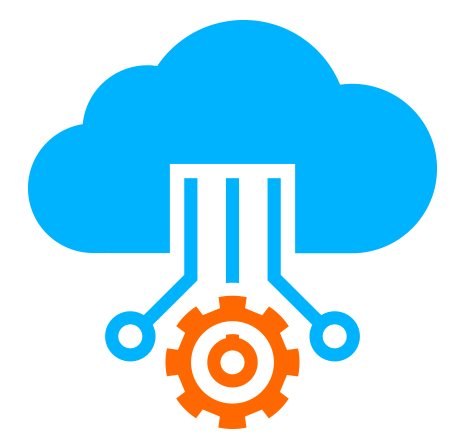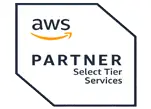 Server
Colocation
Server
Colocation
 CDN
Network
CDN
Network
 Linux Cloud
Hosting
Linux Cloud
Hosting
 VMware Public
Cloud
VMware Public
Cloud
 Multi-Cloud
Hosting
Multi-Cloud
Hosting
 Cloud
Server Hosting
Cloud
Server Hosting
 Kubernetes
Kubernetes
 API Gateway
API Gateway

Cloud computing’s service models—IaaS, PaaS, SaaS—aren’t just buzzword tiers; they’re distinct technical paradigms reshaping IT stacks. For architects and engineers in 2025, this isn’t about “cloud basics”—it’s a deep dive into their mechanics, control planes, and operational guts. With global cloud spend hitting $1.2 trillion (Gartner, 2025), these models define efficiency and scale. Let’s rip them apart, layer by layer, with a technical lens.
Infrastructure as a Service (IaaS) hands you raw compute—VMs, storage, networks—on-demand. Think 64 vCPUs, 256 GB RAM, NVMe disks (lsblk lists), provisioned via APIs (aws ec2 run-instances). You own the OS—yum update patches it—and middleware; provider handles hypervisors (KVM, Xen) and 400 Gbps fabrics. In 2025, IaaS scales via orchestration—terraform apply spins up 100 nodes, RDMA links them (iperf3 -c node2). Control’s yours, but so’s the grunt—iptables -L secures, sar -u 1 tunes. It’s bare metal’s flexibility, cloudified.
Platform as a Service (PaaS) abstracts the OS—focus on apps, not kernels. You deploy code (e.g., Node.js, Python); provider manages runtimes, scaling, and patching—kubectl get pods shows auto-scaled containers. Think serverless functions (gcloud functions deploy) or DBaaS—psql -h db-instance skips postgres.conf tweaks. In 2025, PaaS leans on Kubernetes or FaaS—zero-downtime deploys (blue-green) hit 99.999% uptime (SLA stats). Less control—htop’s off-limits—but curl -v api-endpoint proves latency’s tight. It’s dev velocity, not sysadmin slog.
Software as a Service (SaaS) is the endgame—fully managed apps, no infra fiddling. Think CRM or email—curl -I app-url gets HTTP 200; you don’t touch servers. Provider owns stack—OS, app, data—tuned via AI ops (2025’s norm). Multi-tenancy packs users on shared cores—nload on their end shows 90% utilization. Customization’s API-driven (POST /api/config), not SSH—grep error app.log isn’t yours. In 2025, SaaS embeds ML—real-time analytics hum with zero lag. It’s plug-and-play, but locked-in.
IaaS gives root—sysctl -w vm.swappiness=10—but you patch CVEs (e.g., 2025’s kernel flaw). PaaS frees you—docker push deploys—but runtime limits bite (no custom PHP builds). SaaS is frictionless—uptime’s 99.99% (2024 audits)—but data egress costs soar (wget -O - endpoint). In 2025, IaaS scales compute (virsh migrate), PaaS scales apps (kubectl autoscale), SaaS scales users—ab -n 1000 url benchmarks each. Security shifts—nft list ruleset for IaaS, provider TLS for SaaS. Pick by workload, not hype.
Today, IaaS fuels AI training—multi-GPU VMs (nvidia-smi)—while PaaS runs microservices, SaaS powers remote work. Hybrid’s king—IaaS on-prem, PaaS bursts to cloud. Cyfuture Cloud, for instance, spans these—scalable IaaS, streamlined PaaS, or SaaS-ready hosting—tailoring efficiency to your stack. It’s a solid fit if you’re blending models.

Let’s talk about the future, and make it happen!
By continuing to use and navigate this website, you are agreeing to the use of cookies.
Find out more


